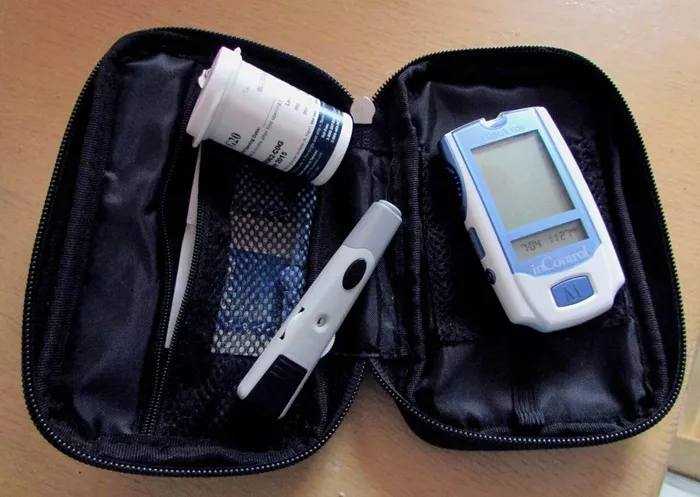An Oregon Health & Science University (OHSU)-led study has found that adults with diabetes, particularly those from low-income backgrounds, are significantly more likely to experience health insurance instability, with some patients losing coverage altogether. The findings underscore the challenges faced by individuals with complex medical needs and highlight the broader issue of insurance churn.
The study, published in the Journal of American Family Medicine, analyzed electronic health records for over 300,000 adults between the ages of 19 and 64 who sought care at community-based health centers from 2014 to 2019. Approximately 39,500 of these individuals lost their health insurance during the study period.
Researchers used statistical models to assess the likelihood of patients losing insurance and found that individuals with diabetes were 25% more likely to experience loss of coverage compared to those without the condition. The risk was even higher among those with uncontrolled diabetes, complex medication regimens, or additional complications.
Nathalie Huguet, Ph.D., the study’s corresponding author and an associate professor of family medicine at OHSU School of Medicine, expressed surprise at the findings. “We thought it would be the other way around, as you might expect people with diabetes to have more active participation in their health insurance,” Huguet said.
The study identified insurance instability, or “churn,” when patients experienced at least two consecutive visits to a clinician without insurance coverage. Alarmingly, many patients who lost coverage were unable to regain it. The research showed that 46% of diabetes patients who lost Medicaid coverage were unlikely to regain insurance, while 61% of those who lost private insurance also failed to recover their coverage.
“The really important finding was that, unlike previous assumptions about people who lose eligibility, most people don’t get insurance back,” Huguet stated. “This is especially concerning given that 25 million individuals were disenrolled from Medicaid in May 2023 due to the end of the public health emergency. Policymakers had assumed that most of these people would secure alternative insurance, but this study suggests otherwise.”
Although the study used data up until 2019, Huguet plans to investigate the impact of post-pandemic disenrollment. She emphasized the vulnerability of those with chronic conditions like diabetes, who rely on consistent care and are at a higher risk of losing their insurance.
Huguet also urged policymakers to reconsider the approach to health insurance disenrollment. “I would hope that policymakers recognize the need for systems that help people stay enrolled or, if disenrolled, provide direct navigation to alternative insurance options,” she said. “Rather than rushing to disenroll millions, a slower process with support could help people find the coverage they need.”
She also noted that states like Oregon, which avoided mass disenrollment after the pandemic, have shown that supporting individuals in maintaining their health insurance can ultimately reduce healthcare costs and prevent emergency room visits.
As the country continues to navigate the effects of the pandemic and the subsequent policy changes, the study’s findings shed light on the critical need for more stable and accessible health insurance options for vulnerable populations, including those with diabetes.
Related topics:
Impact of Paternal Depression on Children’s Behavior
VR Therapy: Practicing Stress Relief in Realistic Simulations
Economic Change Widens Life Expectancy Gap


